Background to the War

Partition of India: The partition of British India in August 1947 led to the creation of two independent dominions: These two countries are India and Pakistan. This division was to be on religious grounds, with India being predominantly Hindu and Pakistan predominantly Muslim. The process of partition was quite sudden and thus generated a lot of political and social shifts in the subcontinent.
Communal Riots: The consequence of the partitioning was that it led to never seen before violence in terms of the riots between the Hindus, Muslims and Sikhs and emerged as a cause of mass killings of people. Some of the major cities like Delhi, Lahore and Calcutta became fratricidal killing grounds where thousands of people were butchered and properties destroyed. These riots also helped to contribute to hostility and suspicion between the newly arising nations.
Refugee Crisis: The partition also triggered a huge scale of refugees as millions of people switched to the dominant religious community in neighbouring countries. This mass migration resulted in a lot of clamor, the refugees being a target for violence, diseases and hunger. The unexpected increase in the migration rates led to great difficulties in managing the humanitarian crisis by the governments of India and Pakistan, therefore, the situation became even more unstable in the region.
The Kashmir Issue
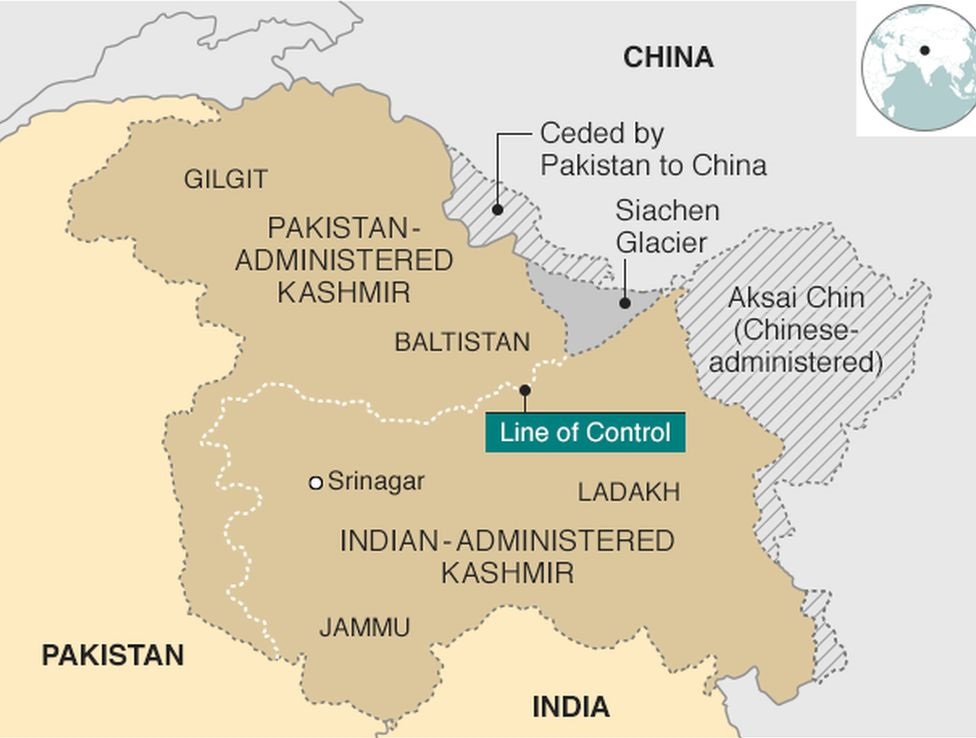
Princely States and Independence: When the British finally agreed to withdraw from India, naturally the subcontinent was divided, into hundreds of states, many of which were princely states and had the freedom to join India or Pakistan, or they could remain independent. Jammu and Kashmir was a princely state where the majority of the population was Muslims but the ruler was a Hindu which put the state right in the middle of one of the most vital international battles.
Maharaja Hari Singh’s Dilemma: Thus, the ruler of Jammu and Kashmir Maharaja Hari Singh was to face a complicated question of the future of his state. He first wanted to be neutral as he did not wish to side with India or Pakistan. However, this stance of neutrality did not prove sustainable when both countries looked at claimants to the territory of Kashmir.
Pakistan’s Tribal Invasion: In October 1947, Pakistani tribesmen with the blessings of the Government of Pakistan crossed the border into Kashmir. Like the previous incursion, this attack intended to coerce Kashmir to join Pakistan. The tribal invasion led to acts of violence and suppression; Maharaja Hari Singh had no option but to turn to India for help.
India’s Intervention
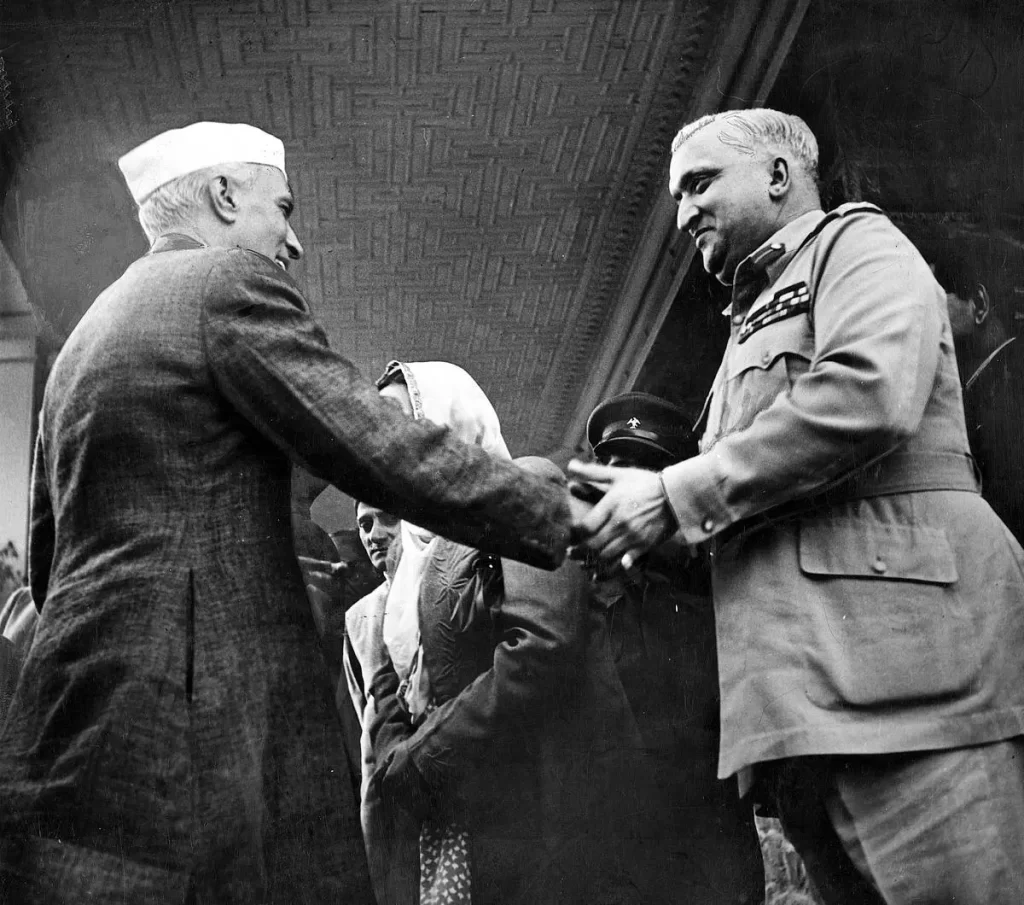
Accession of Jammu and Kashmir: Thus, when Pakistani-backed forces threatened a complete takeover of Kashmir Maharaja Hari Singh had no other option left but to sign the Instrument of Accession on the 26 of October, 1947 and accede to India. This accession emerged as the turning point in the context of Indian State intervention in Kashmir because this gave legal possibility to military intervention.
Indian Military Operations: That is why, after joining the Commonwealth, India sent its army to defend Kashmir. The Indian forces were by then evacuated by air to Srinagar, the capital of the Jammu and Kashmir state to repel the advancing tribal militias. The operations carried out by Indian forces to regain the lost territory and peace resulted in several major battles.
International Response: The conflict in the Indian Kashmir intensified because both, India and Pakistan wanted to extend their support from the global powers. The United Nations called for a cease-fire and withdrawal of troops to calm the situation. No doubt, such measures were taken but the war lingered on though there were some exchanges and battles.
Major Battles and Campaigns
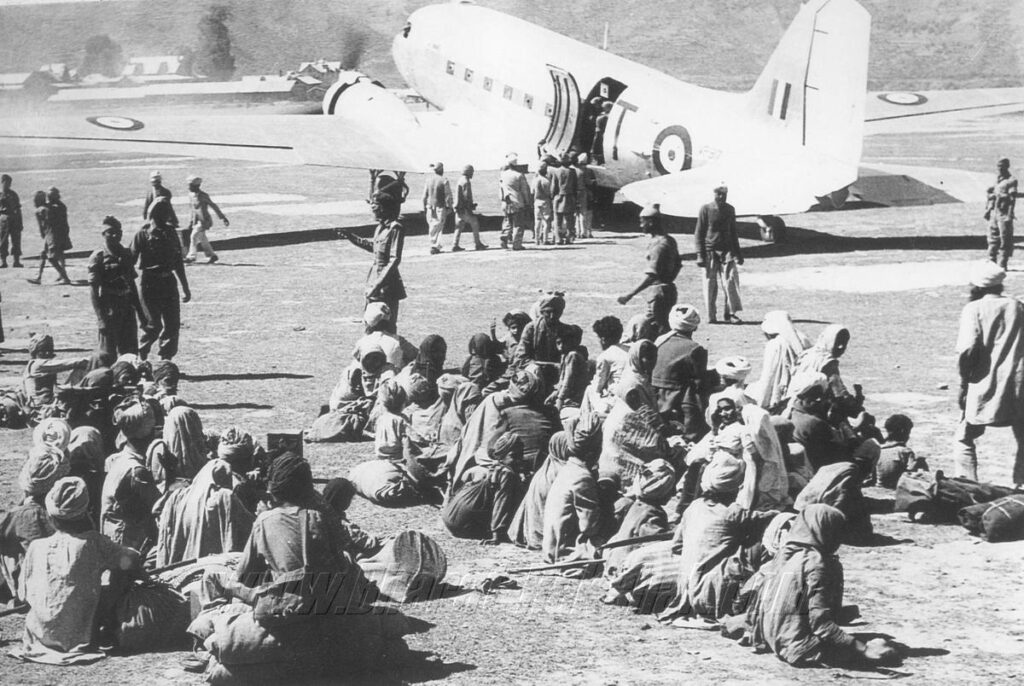
Battle of Poonch: This conflict was fought during the first Indo-Pakistan War and the Battle of Poonch represented a key fight of this war. Thus, the Indian forces intended to relieve Poonch, a town crucial for military operations that was invested by Pakistani forces. The fight was quite heavy and during the fight, Indian forces managed to lift the siege and reported back that Poonch was liberated.
Battle of Naushera: The Battle of Naushera was another important fight which involved the Indian forces defending the town of Naushera against a full-scale attack by the Pakistan forces. This attack was easily clipped by the Indian troops who were commanded by Brigadier Mohammad Usman successfully occupying the town and causing enormous losses to the Pakistani team.
Battle of Jhangar: The Battle of Jhangar tried the Indian forces to regain the town of Jhangar which was occupied by Pakistan. However, they were able to put up a strong defence and the Indian soldiers attacked with vigour and regained the town of Jhangar.
Capture of Srinagar: The taking of Srinagar was one of the critical events in the conflict. Indians managed to repel the Pakistani assaults and to gain the much-needed control over the Srinagar airfield. It was this moment that helped preserve the Indian control in the area and stall any more Pakistani conquests.
Diplomatic Efforts
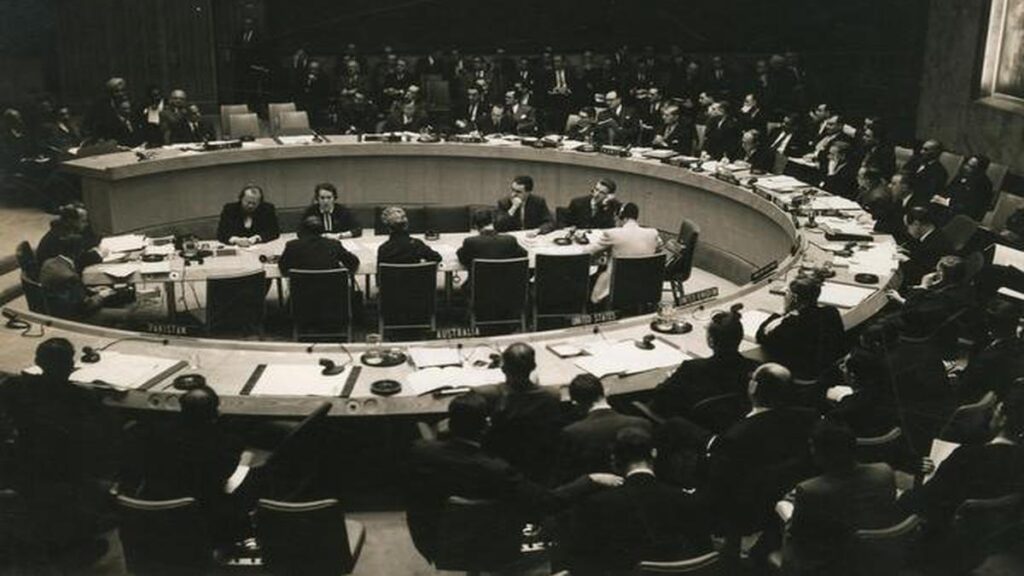
UN Intervention: The United Nations was quite active in the process of negotiation between the two warring factions. Having been passed by the UN Security Council in January 1948, Resolution 39 created the United Nations Commission for India and Pakistan (UNCIP), to look into the conflict and mediate. This involvement focused on trying to reduce the tension that was a core aspect of the conflict to find the most appropriate solution peacefully.
Ceasefire Negotiations: After extensive negotiations, a cease-fire was arrived at on January 1st 1949. These called for a cessation of the fighting and setting up of a cease line which is known today as the LoC. This deal also proposed that there should be a holding of a plebiscite about the future of Jammu and Kashmir.
Formation of the Ceasefire Line: A new phase in the conflict was introduced with the creation of the Line of Control. The passage of this Line finally sliced the state of Jammu and Kashmir into two portions, one under Indian control and the other under Pakistani control. The LoC is today still a hot and very tension-filled border that stands for the ongoing dispute.
Aftermath of the War

Territorial Changes: The ceasefire hence led to the trading of territories and India prevailed over the bulk of the state of Jammu and Kashmir including, the Kashmir Valley, Jammu, and Ladakh. Pakistan has thus administered the northern and the western parts of this territory, now recognized as Azad Jammu and Kashmir and Gilgit-Baltistan.
Refugee Resettlement: The nature of the conflict also saw an exchange of a large number of refugees, with thousands of them seeking refuge mostly in India and Pakistan. The governments of both countries were challenged with the responsibility of resettling these displaced populations and offering them some form of shelter as well as rebuilding and rehabilitating war-ravaged areas.
Legacy of the Conflict: The First Indo-Pak War was one of the many which took place in the subcontinent and is still remembered. The conflict increased the lasting enmity of the Indo-Pak relations making the Kashmir issue a long-lasting issue in both countries. It also affected the structure of warfare the political moves of both countries and their future actions.
Military and Political Leadership
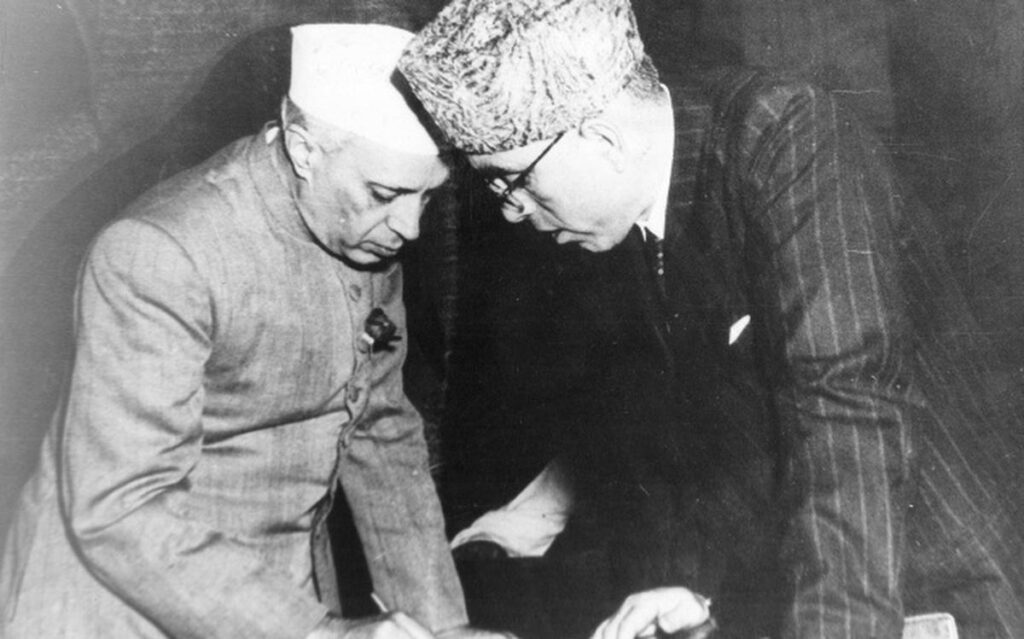
Indian Commanders: The leadership commitment of India was very instrumental in the conflict. Leaders like General Cariappa, Major General Thimayya, and Brigadier Usman then displayed good military planning and fighting spirit and won many battles for India.
Pakistani Leaders: Tribal invasion and the support to the conflict were initiated by the leaders of the Pakistani military and politics, namely Sir Frank Messervy and Liaquat Ali Khan. Their decisions and activities enormously influenced warfare and its results in the Second World War.
Role of International Players: The first Indo-Pak War was for; different world powers having a role play in the war such as the United States, United Kingdom and the Soviet Union among others. These worldwide forces participated in the peace processes and attempted to sort out the combating nations to steer clear of the continuation of the war.
Humanitarian Impact
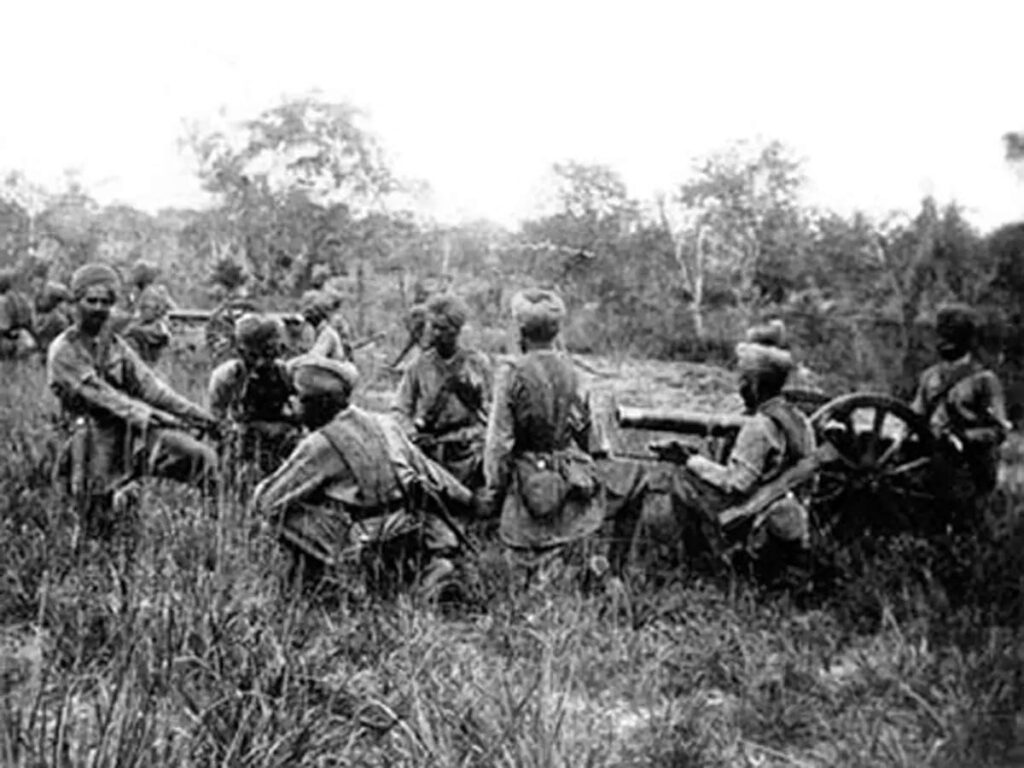
Civilian Casualties: The civilians died a horrible death due to the fighting that went on during the war and the violence. The conflict also destroyed many homes and infrastructure; thus worsening the situation of the affected citizens in the region.
Destruction of Property: Lost and damaged were houses, schools, hospitals and other structures besides business premises as a result of the conflict. The destruction affected civilians and retarded the positive evolution of the region’s economic and social fabric.
Psychological Trauma: The necessary conclusion is that the war left a serious psychological impact on the target people. The strategic murders, ejecting and missing emotionally mutual bodies, had a permanent trail of imprint on the psychological of the survivors, so they are not psychologically healthy.
Economic Consequences
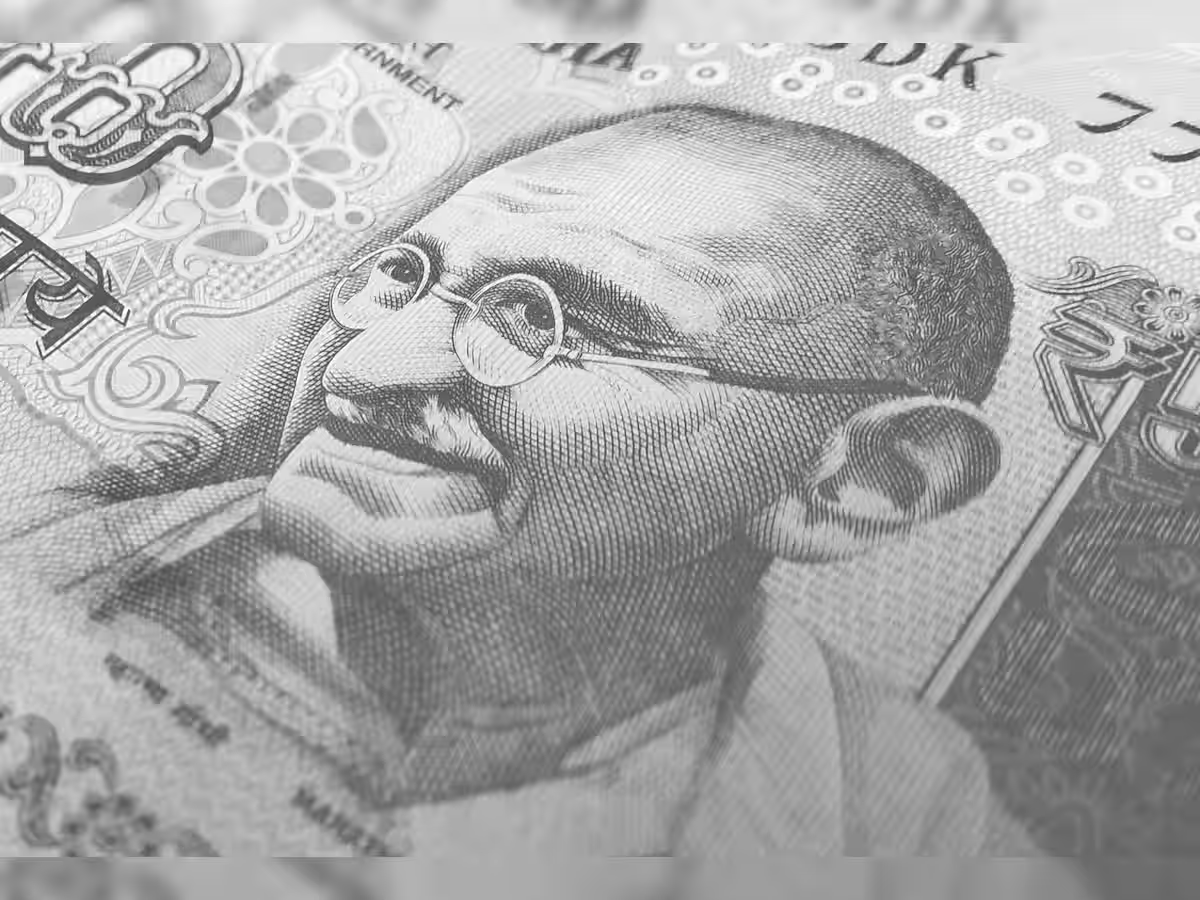
Military Expenditure: The financial crisis was the main suffering for both India and Pakistan as the war was not controlled by any one side. The expenses incurred to maintain the conflict inflicted a lot of pressure on the two countries’ economies, especially on essential development and social services.
Disruption of Trade: Due to this conflict, the exchange of goods and services b/w India and Pakistan was affected and consequently, both countries sustained economic losses. Restrictions of economic cooperation complicated the relations and stunted the process of the formation of a regional economy.
Impact on Development: The economic loss of the war was not in favour of India as well as Pakistan as the growth of these two countries was affected by the wartime. The funding that is deployed in the conflict could otherwise have been used to; build infrastructure, and fix poverty and other social ills hence slowing down development.
The Kashmir Dispute
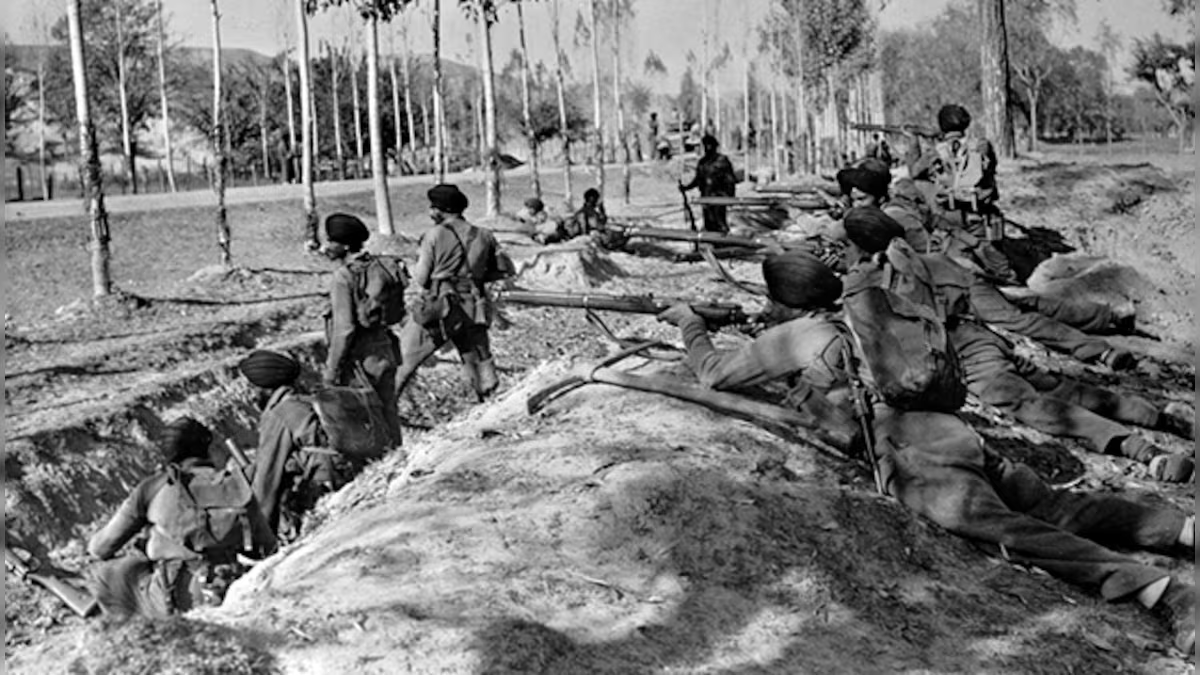
Origins of the Dispute: The subject matter of the Kashmir dispute can be analyzed in terms of the geography and historical context of the region as well as the imports of politics and religion. Ideological factors entailing the territorial claims of both India and Pakistan, along with the self-determination of the population of Kashmir have preserved the conflict.
Continuous Tension: The issue of Kashmir, as we know has remained a thorny issue between India and Pakistan. The two states have been involved in several wars and have had many small-scale conflicts over the ownership of the area, although the issue has never been solved in any way by many diplomatic attempts.
Efforts for Peace: Lots of attempts have been made to get rid of the conflict over the Kashmir territory. First, there has been politics and diplomacy, where the two countries have engaged in political negotiations, and bilateral talks, and international mediators have been involved in offering solutions, but none has been effective in providing a concrete solution since both insist on the claim.
Comparative Analysis
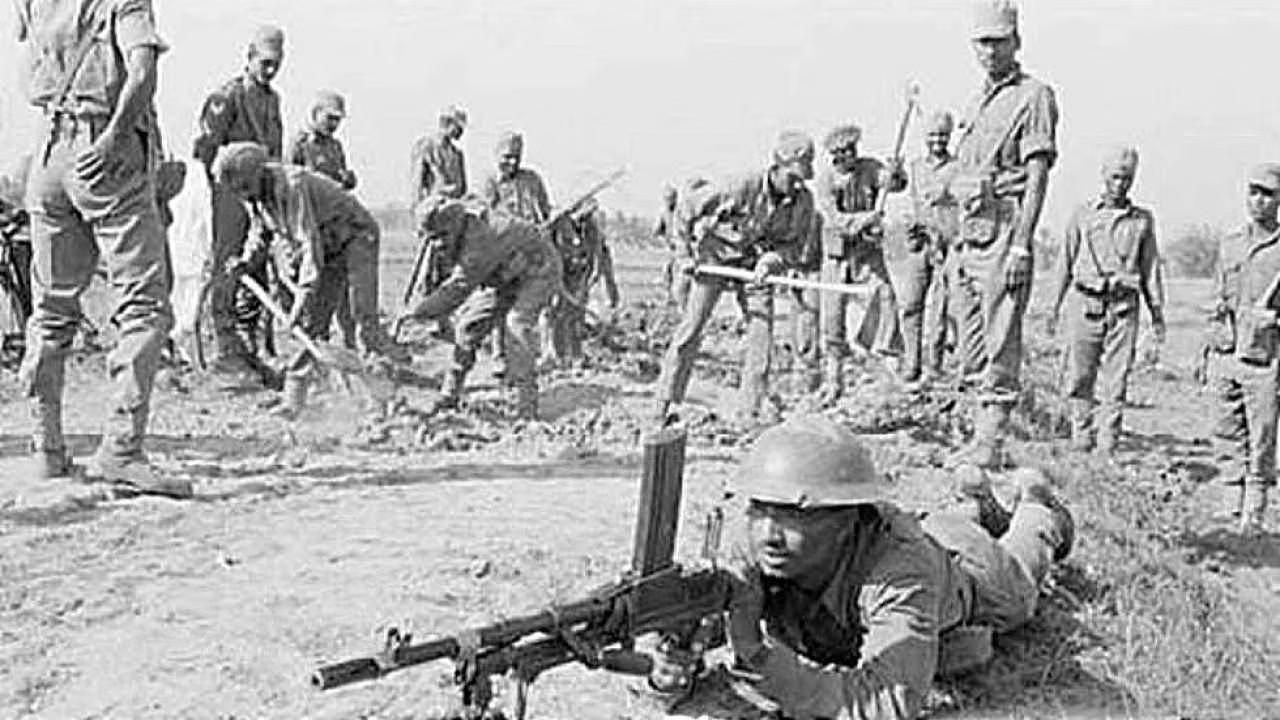
Military Strategies: The First Indo-Pak War depicted different tact and flair used by India and Pakistan on the battlefield. Indian forces were projection of force and holding of strategic points while Pakistani forces were aimed at tribes and guerrilla warfare tactics.
International Support: During the conflict also both India and Pakistan were trying to get the support of the international community. India had gained the support of the Soviet Union and other nations; however, Pakistan had the support of the United States and several other Muslim countries.
Domestic Impact: About the domestic effects, the war drastically affected the internal state of India and Pakistan. Whereas in India, the conflict helped build a spirit of national unity and endurance, in Pakistan it enriched the state-driven belief of a fight for Kashmir and swayed the population’s opinion against India.
Lessons Learned
Conflict Resolution: The First Indo-Pak War increased awareness regarding efficient Conflict Management and proper diplomacy. Another important point the authors of the works under discussion emphasized was that due to the nature of the conflict, it lasted long and highlighted the necessity of anticipatory diplomacy and conflict prevention to avoid further deterioration and loss of human lives.
Diplomacy and Statecraft: The war was informative of diplomacy and statecraft in matters to do with interstate conflicts. It also pointed out how the United Nations and other world forces illustrated the importance of using diplomatic means to address problems.
Military Preparedness: From the conflict, the need for preparation of defence and outlining of strategic plans and objectives were highlighted. In terms of the lessons that the two sides learned about their military capabilities and limitations, both India and Pakistan can benefit as they plan and develop their strategies in the future.
Historiography
Indian Perspective: From internal Indian historiography, the First Indo-Pak War is defined as a war of self-defence in terms of territory and the legal status of Jammu and Kashmir. Indian stories tend to focus on Pakistani aggression and Indian courage in defending their territory.
Pakistani Perspective: The Pakistani view suggests that the conflict is about the rights of the Kashmiri and their desire to join Pakistan. The Pakistani sources additionally describe the early impact of the tribal invasion, along with Indian misconduct in Kashmir.
International Accounts: Having said that, information obtained from sources foreign gives a fair analysis of the conflict and recognizes the rights and wrongs of both India and Pakistan. It does not trace the history of the conflict and is frequently based on the humanitarian angle as well as the intervention of foreign players in the conflict.
Cultural and Societal Impact
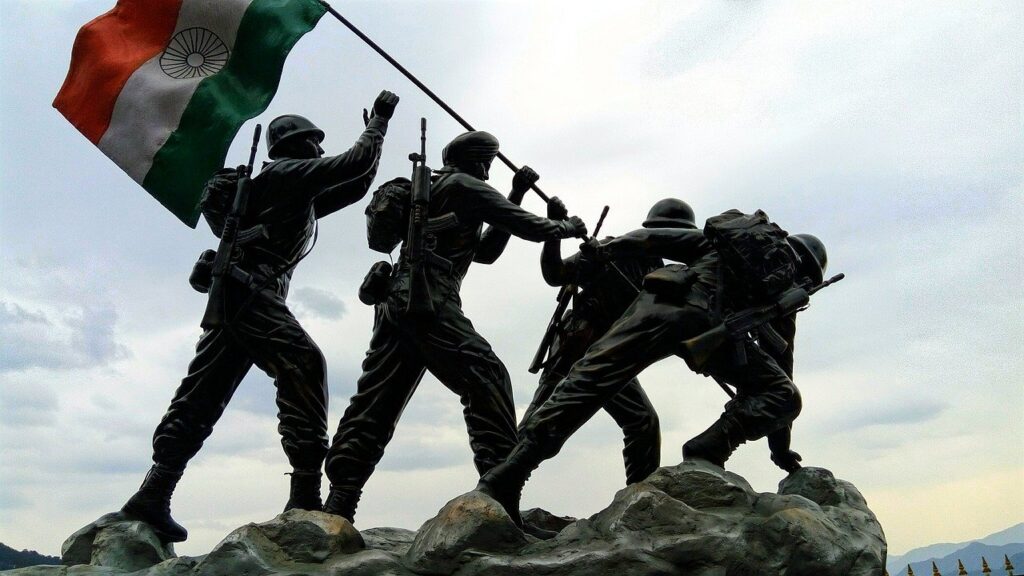
Nationalism and Patriotism: The First Indo-Pakistan War acted as a spring of nationalist or patriotic feeling in both India and Pakistan. The conflict further affirmed nationalism and tended to rally public support for the respective governments and armed forces.
Propaganda and Media: Each party employed propaganda and media to influence the masses into supporting them to fight for their respective causes. Newspapers, radio broadcasts and other related media sources used during the war are considered to have been vital in shaping public opinion as well as morale boosting.
Long-Term Effects: The consequences had been experienced even several years after the occurrence of the military conflict. The Kashmir issue has remained one of the oldest and most sensitive unresolved conflicts that define the foreign policies of India and Pakistan and greatly influence their defence and internal politics.
Future Prospects
Potential for Peace: There is still hope for the unsettled conflict between India and Pakistan. The diplomatic approach encompassing confidence builder measures as well as people diplomacy could help in finding the solution to the Kashmir issue.
Challenges and Opportunities: Establishing lasting peace will however not be an easy task given the fact that, trust between the two parties will have to be rebuilt, there is political mileage to be made in Engineer’s camp by fanning up conflict, and the presence of hard-liners who believe in the use of violence is common on both camps. But there are also opportunities for cooperation, for example in trading, in security and the exchange of cultural relations.
Role of Regional and Global Powers: The leaders of the regional and global blocs can help in the determination of the peace agreement between the two countries. All conflict must be resolved through dialogue hence international relations like that of the USA, China and Russia and global organizations can help in facilitating dialogues in addressing this conflict.
Sources:
- Wikipedia – Indo-Pakistani War of 1947–1948
- Britannica – Kashmir conflict
- United Nations – UNMOGIP
- Indian Defence Review
- History Today – The First Kashmir War
FAQs on The First Indo-Pak War of 1947-1948
- What triggered the First Indo-Pak War of 1947-1948?
- The war was ignited by the British Indian division in 1947, which in turn; ascended India and Pakistan. Consisting of a Hindu monarch and a mainly Mohammedan populace the province of Jammu and Kashmir became the burning question when the Pakistani tribesmen attacked the province and created the Indian intervention after the accession of the state to India.
- Who was Maharaja Hari Singh and what was his role in the conflict?
- Maharaja Hari Singh was the ruler of the state of Jammu and Kashmir during the partition of India. He started by opting for independence; he was later faced with an invasion by Pakistan’s tribal forces. To get military support from India, Maharaja Hari Singh signed the Instrument of Accession, and that occasion is considered critical in the conflict since it joined Jammu and Kashmir to India.
- What was Pakistan’s strategy during the war?
- Pakistan planned to fund some tribal militias to penetrate and conquer Jammu and Kashmir. This aggression sought to incorporate the territory into Pakistan through coercion, taking advantage of the Maharaja’s wavering on the out as well as Muslims, who may have wanted to become part of Pakistan.
- How did India respond to the invasion of Kashmir?
- When Maharaja Hari Singh signed the instrument of accession, India airlifted forces to Srinagar to protect the state. Indian forces came to the scene with military campaigns to defend against the invaders, regain strategic areas and distribute forces mainly with notable battles and encounters.
- What were some major battles during the First Indo-Pak War?
- Important fights that occurred during the operations were the Poonch, Naushera, Jhangar, and Srinagar. These engagements were significant in deciding who got to control key points and therefore, the fate of the war.
- What role did the United Nations play in the conflict?
- Namely, the UN stepped in to negotiate a compromise between the parties; this led to the creation of the United Nations Commission for India and Pakistan, known as UNCIP. Scholars have identified that the UN acted as a mediator in the ceasefire initiative that led to the ceasefire agreement and creation of LoC that effectively bisected the area.
- What were the terms of the ceasefire agreement?
- The ceasefire line was from 1st January 1949 and demanded that all forces should cease-fire, forces should be demobilised and the Line of Control was to be created. It also envisaged referring the matter of the future status of the territory of Jammu and Kashmir to a plebiscum which was never held.
- What were the humanitarian impacts of the war?
- Thus, it can be stated that the war was accompanied by numerous losses: people died, civilians were evacuated, and property and infrastructure were destroyed. The impact of this action was a refugee problem which led to thousands of people being turned into refugees and needing resettlement and rehabilitation by the two countries India and Pakistan. It is agreeable to note that the conflict caused vast psychological impacts on the lives of the people involved.
- How did the First Indo-Pak War affect India and Pakistan’s economies?
- The war had the most impacts on both countries in terms of military expenses they incurred, within the economy. Trade and commercial relations between the two opposing nations of India and Pakistan became a problem that worsened economic conditions. Services that were otherwise needed for the development and welfare of the people were hindered by funds channelled into the conflict.
- What is the long-term significance of the First Indo-Pak War?
- The First Indo-Pak War led to the fixation of the Kashmir issue as a chief conflict in the relations-sharing between India and Pakistan. Thus, they affected military and political trends in both countries, and the Line of Control dividing during the ceasefire remains one of the most fortified and disputed. This paper captures the impacts of the conflict towards the present day regarding regional stability and any quest for peace.
Discover more from Shrishta
Subscribe to get the latest posts sent to your email.


